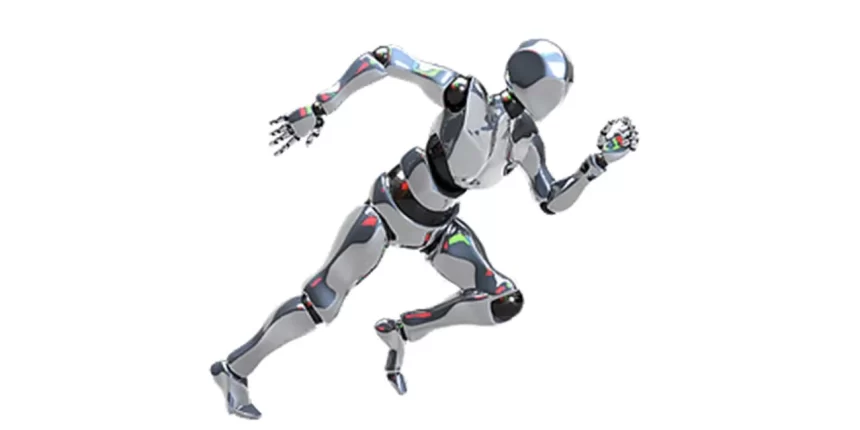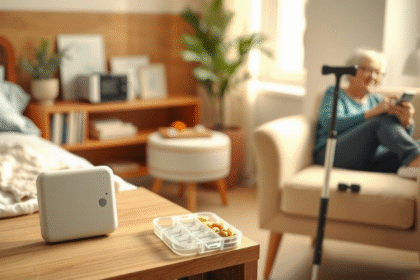Artificial intelligence in Healthcare includes a set of techniques that allow machines to sense, perceive, act, and learn. Implementations of digital health in AI can be reasonably simple if mainly focused on private patient participation or highly complex when dealing with vast information sets, extremely advanced diagnostics, and the workflow of various extremely complicated organizations.
Adding connected health and related devices to the Internet of Things sensor information offers a new layer of contextual vital, real-time information. Uses for IoT sensor-informed healthcare apps can include home protection and access control for vulnerable loved ones, remote patient essential tracking, activity tracking, and anomaly detection, home and portable environment safety, chronic environmental monitoring, and much more.
Listed below are few benefits of Artificial intelligence in Healthcare:
The Abundance of Possibilities
Many scenarios give opportunities to apply artificial intelligence and machine learning to turn healthcare activities into data-driven systems that can improve results and deliver healthcare more effectively. Ownership of connected health devices has increased. The phenomenon is influenced mainly by the recent years of adopting smartwatches and fitness trackers.
AI features prominently in many of the applications supporting this equipment, whether it is used to apply machine learning to cognitive exercise and personal health information, to improve voice and text boot experiences, or to provide more customized, predictive services. In addition to cases of wellness usage, health care applications for remote health leadership, independent living, and chronic disease management provide significant possibilities for AI.
Remote Patient Management and Digital Care
Remote Patient Management, or RPM, can be applied to different patient groups, including those newly released after surgery, people with chronic illnesses, elderly adults, and other vulnerable populations. The primary purpose of RPM is to provide insight into the continuing health condition of the patient outside of clinical settings to identify the need for interventions that may lead to readmission, address a decline before situations escalate, or facilitate improved day-to-day management of diseases.
RPM technology is usually capable of documenting a patient’s vital symptoms, standard living procedures, dietary habits, drug enforcement, and more. Machine learning algorithms can cause warnings and updates, resulting in rapid intervention, dramatically improved communication, enhanced patient treatment, and better results at a reduced cost than standard healing delivery of healthcare.
Independent Living
The physical and cognitive impacts of aging and chronic medical circumstances present difficulties for those who choose to live independently, as well as for their caregivers concerned with keeping them safe, relaxed, and socially connected. With the increase of aging populations widening the senior market to live independently, a growing number of businesses have begun to provide assistive technology that can enhance the health and well-being of seniors at home and enhance contact with loved ones. Some of these solutions use different AI tools to motivate and care for aging adults.
A primary advantage of the program is social interaction for an otherwise marginalized community. There are a few programs available to look after seniors who live alone. By combining information from a number of sensors, the app will monitor how long they stay in a given area, or how many meals they consume, and the person’s place of residence. This also monitors and analyzes the gait of an individual, factors that may lead to the risk of falling, and day-to-day habits like personal hygiene and sleep habit. This monitoring leads to customized treatment by establishing contextual awareness of each individual’s ordinary daily activities and recognizing possible hazards to help reduce readmission levels in hospitals.
Management of Chronic Diseases
The prevalence of smartphones and connected medical equipment offers new monitoring possibilities for those living with chronic circumstances and remote support for improved health and safety. Robust alternatives are coming onto the market to support patients with diabetes, heart disease, obesity, and sleep disorders. As with other AI methods, machine learning algorithms for chronic disease management are first trained to identify patterns of disease progression and activity trends that cause changes in health status on a broad dataset of particular populations.
It is possible to integrate personal medical device data, intelligent sensors, and electronic health records related to cognitive operations such as diet, exercise, and stress levels to uncover insights into why a patient’s health status can change. Prediction and recommendation engines can use applications and other interfaces to warn about behavioral change commitments. Monitoring behavioral progress is a daunting and complicated task, but the customized interactions created by AI interventions provide exciting new resources for engaging patients each day of their lives.










